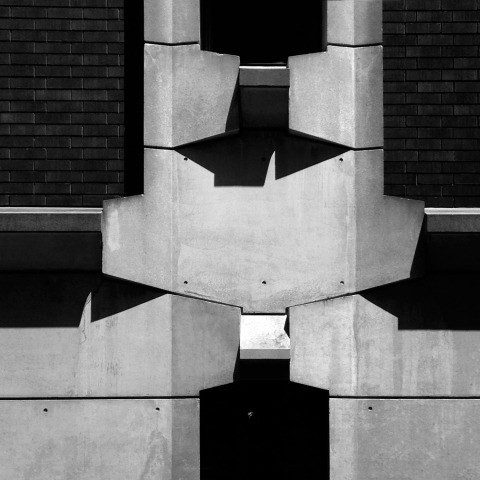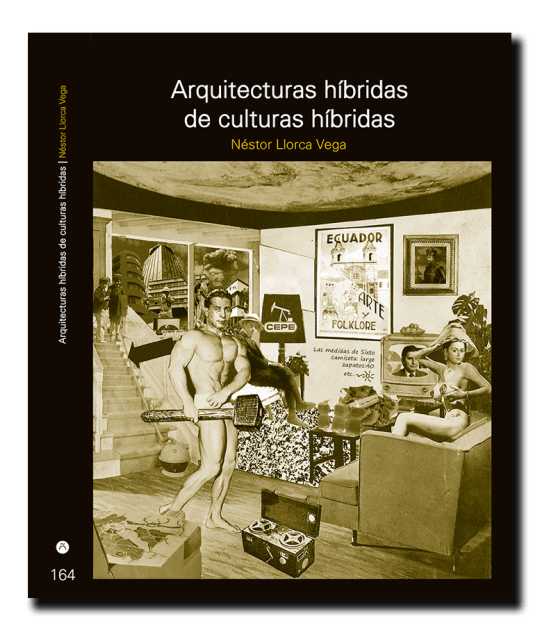The guide is the seventh in their series of architecture guides and fourth Brutalist map following other as Brutalist Paris Map, by Blue Crow Media. Brutalist Sydney Map features fifty of the most significant examples of Brutalist architecture in the city and suburbs of Sydney. Celebrated buildings such as the Sirius Apartments (likely to be sold without heritage listing) by Tao Gofers and the former NSW Housing Commission, Sydney Town Hall by Anchor Mortlock and Woolley, and Bidura Children’s Court (now sold and likely to be demolished) by former NSW Government Architect are included alongside lesser known structures such as Buhrich House II by the émigré architects Hugh and Eva Buhrich, the Eastern Suburbs Railway Vents attributed to Mansfield Jarvis and Maclurcan and the former CBC Bank Headquarters by Kerr and Smith. Buildings by Harry Seidler and Associates, Marcel Breuer and Herbert Beckhard and many other distinguished architects of the style and era are also featured.
This two-sided folding map features Sydney's (and its suburbs) most iconic and inspiring examples of Brutalist architecture from Pennant Hills to Sutherland and Curl Curl to Penrith. The reverse side of the map features details for fifty buildings, photographs and an introduction to Brutalism in Sydney by Glenn Harper.
Perfect for a walking tour or framing, this map measures slightly larger than A2 open, folds to slightly larger than A5 and is protected by a wide band. Sydney, as a city bathed in sunlight, was the perfect setting to highlight the textured surfaces of this European derived ethos. Drawing from a diverse range of experiences and sources and with ready access to many international examples, Brutalism by the mid-1970s was well adopted within the architectural practices of Sydney. Key in this adoption was the NSW Government Architect and the design architects of the NSW Public Works Department who undertook an enormous range of public projects in the Brutalist doctrine. Together with many European trained émigré architects and locally trained architects the Brutalist buildings of Sydney were wonderfully varied and eclectic in their referencing.
This aesthetic provoked strong reactions with heated arguments over the decades about whether these buildings were concrete eyesores or design icons. In recent years the tide of public opinion seems to be moving in their favour.
The Brutalist Sydney Map is designed to affirm the value of these buildings and to inspire further consideration of Brutalist architecture today.
This two-sided folding map features Sydney's (and its suburbs) most iconic and inspiring examples of Brutalist architecture from Pennant Hills to Sutherland and Curl Curl to Penrith. The reverse side of the map features details for fifty buildings, photographs and an introduction to Brutalism in Sydney by Glenn Harper.
Perfect for a walking tour or framing, this map measures slightly larger than A2 open, folds to slightly larger than A5 and is protected by a wide band. Sydney, as a city bathed in sunlight, was the perfect setting to highlight the textured surfaces of this European derived ethos. Drawing from a diverse range of experiences and sources and with ready access to many international examples, Brutalism by the mid-1970s was well adopted within the architectural practices of Sydney. Key in this adoption was the NSW Government Architect and the design architects of the NSW Public Works Department who undertook an enormous range of public projects in the Brutalist doctrine. Together with many European trained émigré architects and locally trained architects the Brutalist buildings of Sydney were wonderfully varied and eclectic in their referencing.
This aesthetic provoked strong reactions with heated arguments over the decades about whether these buildings were concrete eyesores or design icons. In recent years the tide of public opinion seems to be moving in their favour.
The Brutalist Sydney Map is designed to affirm the value of these buildings and to inspire further consideration of Brutalist architecture today.




























